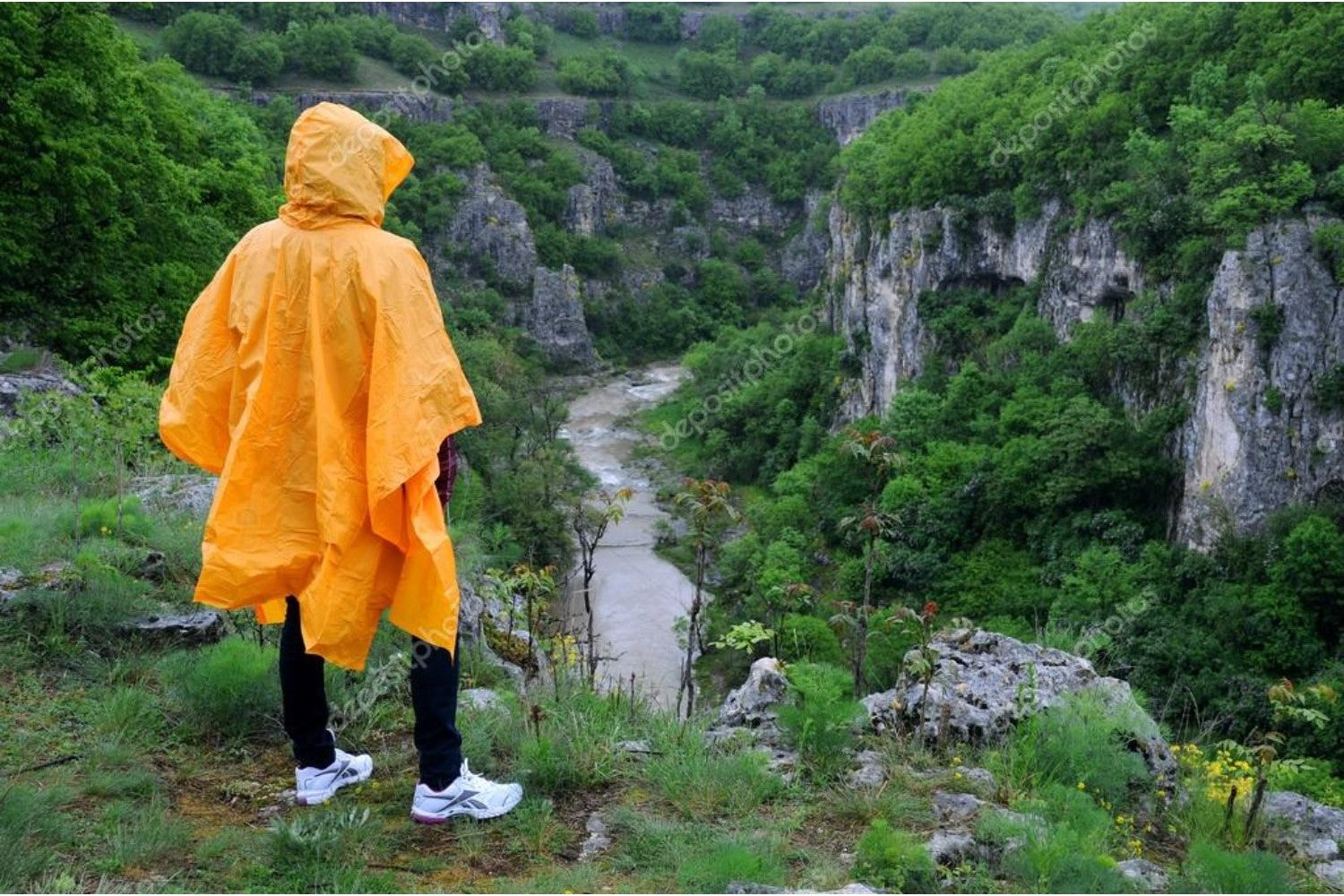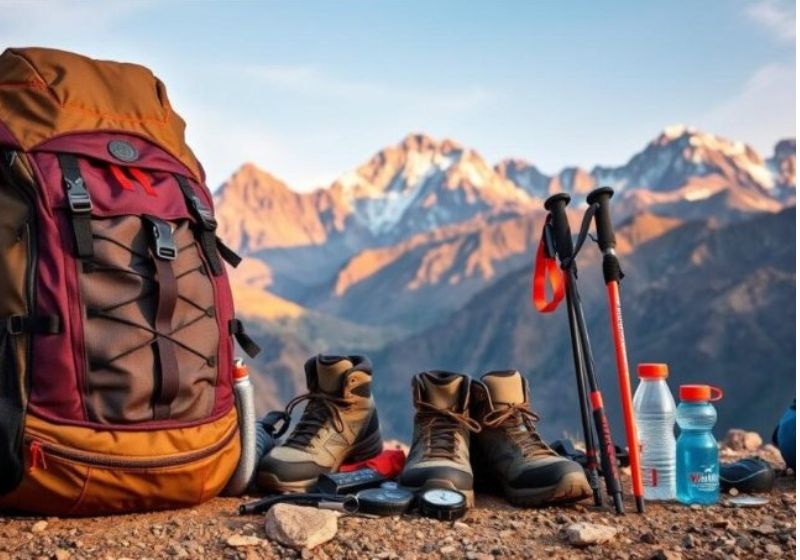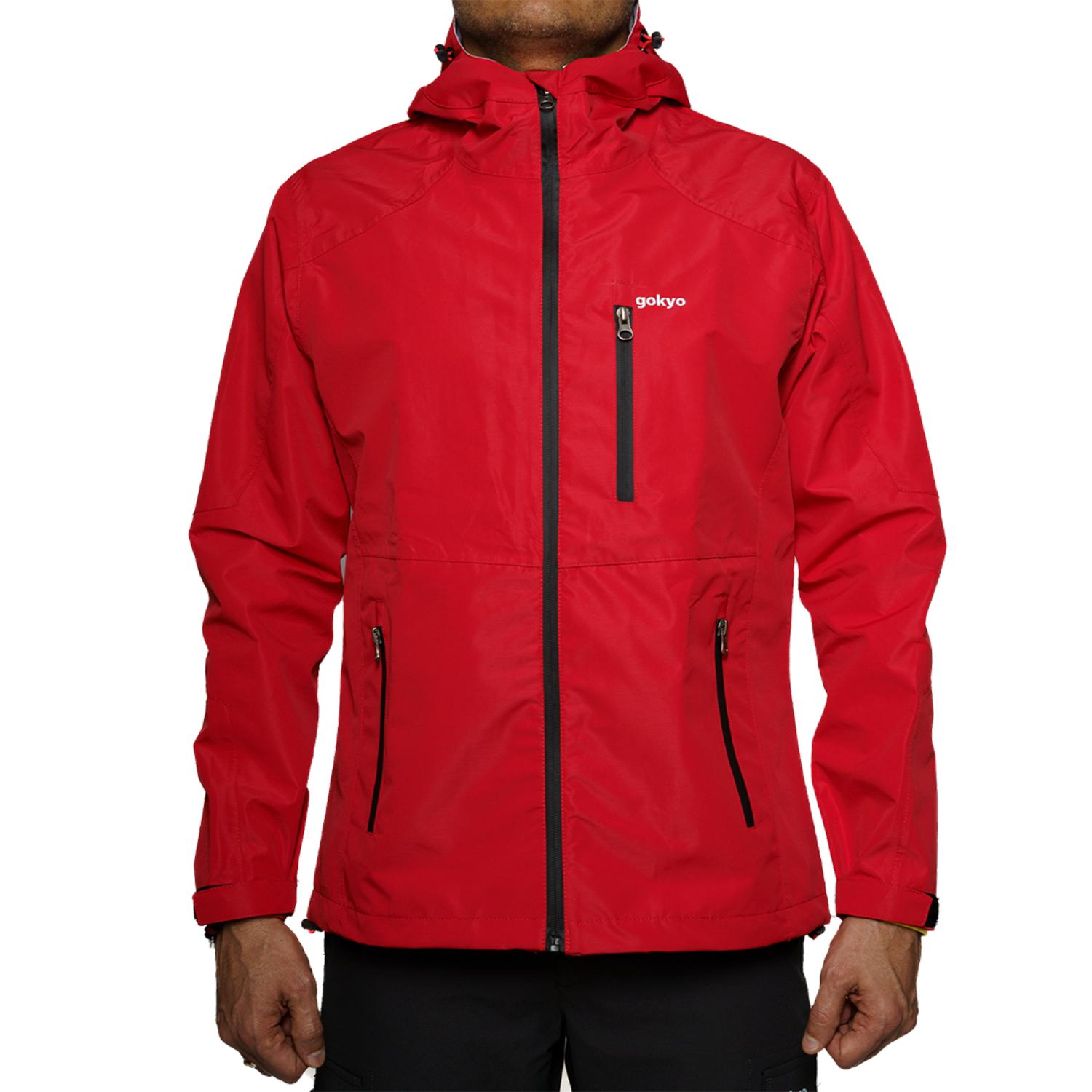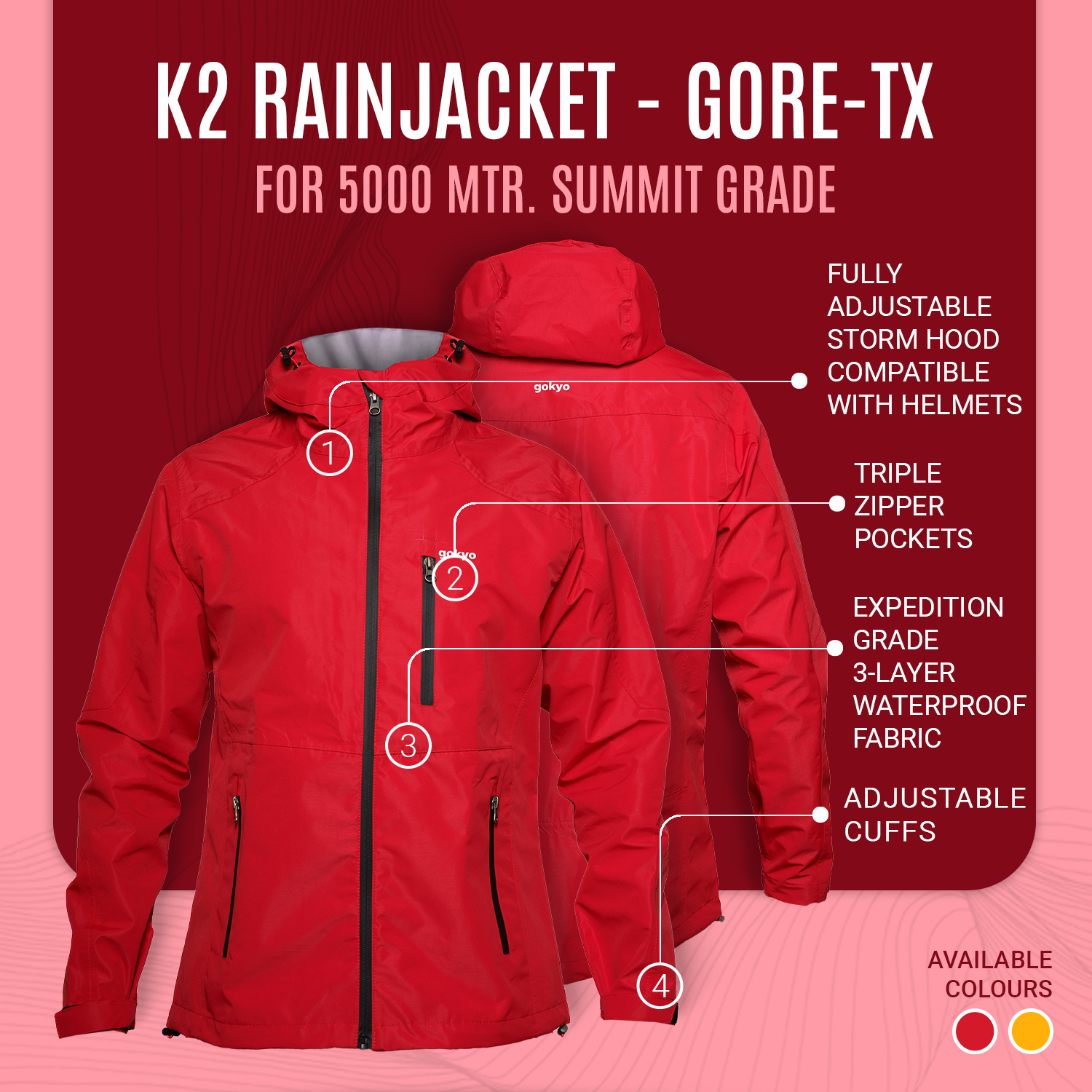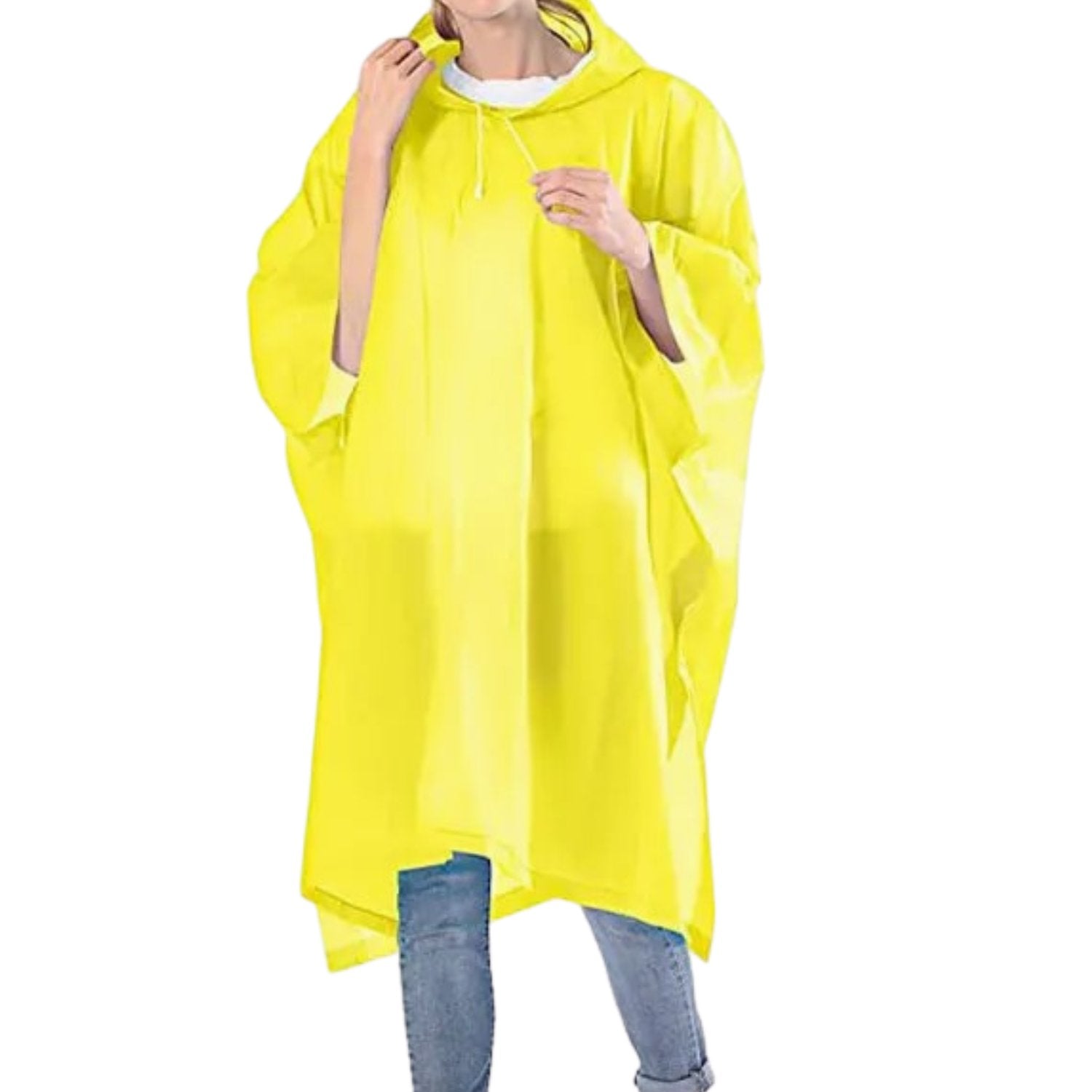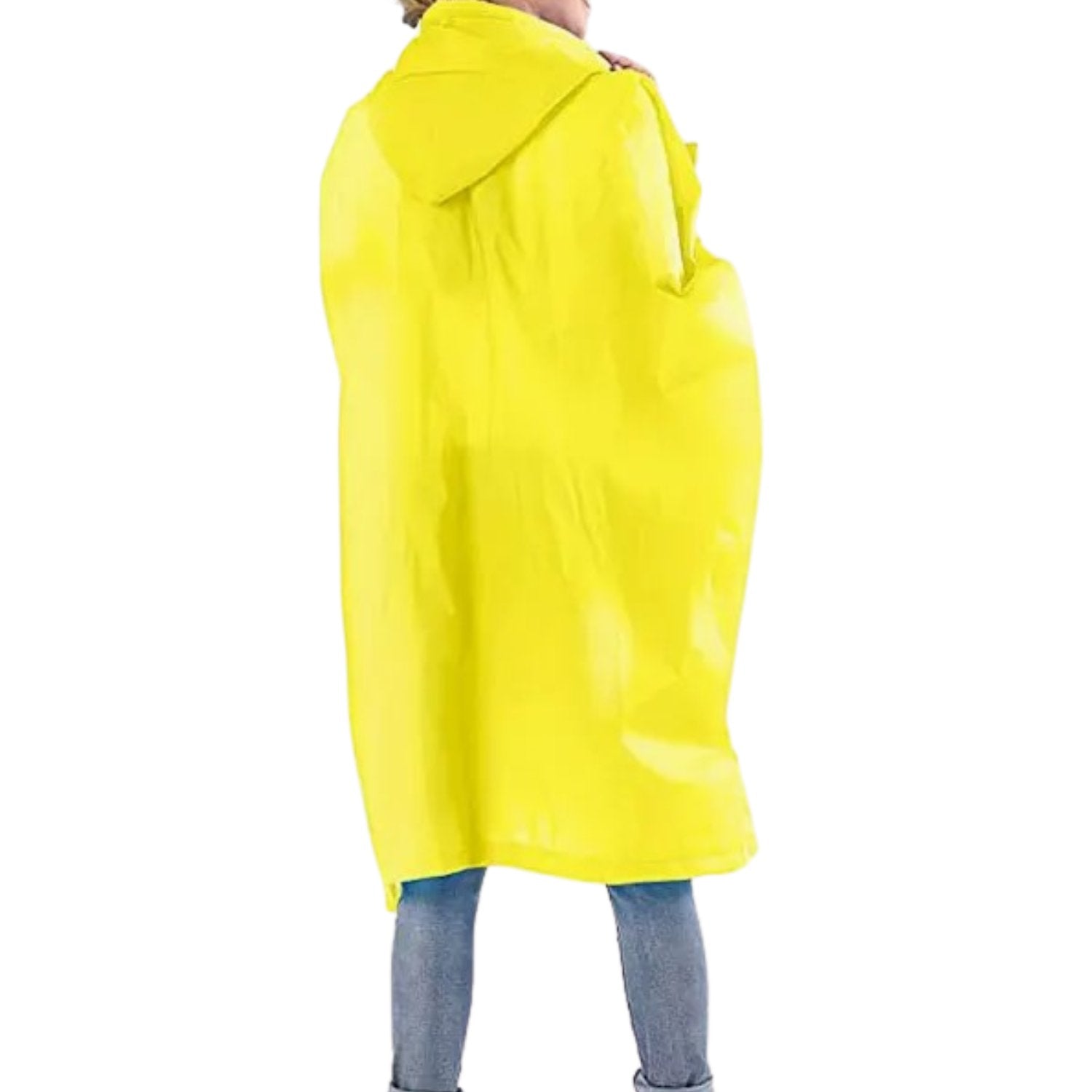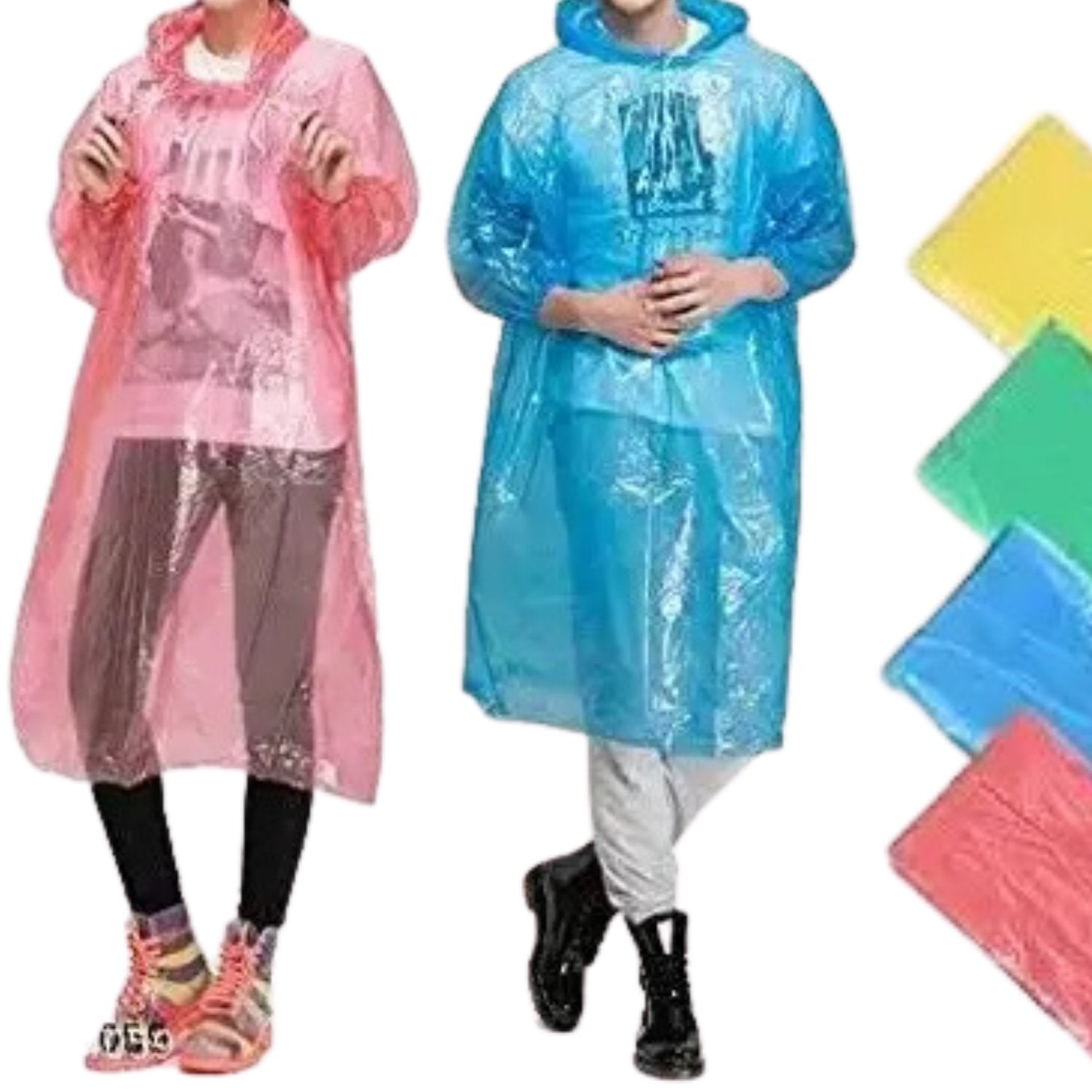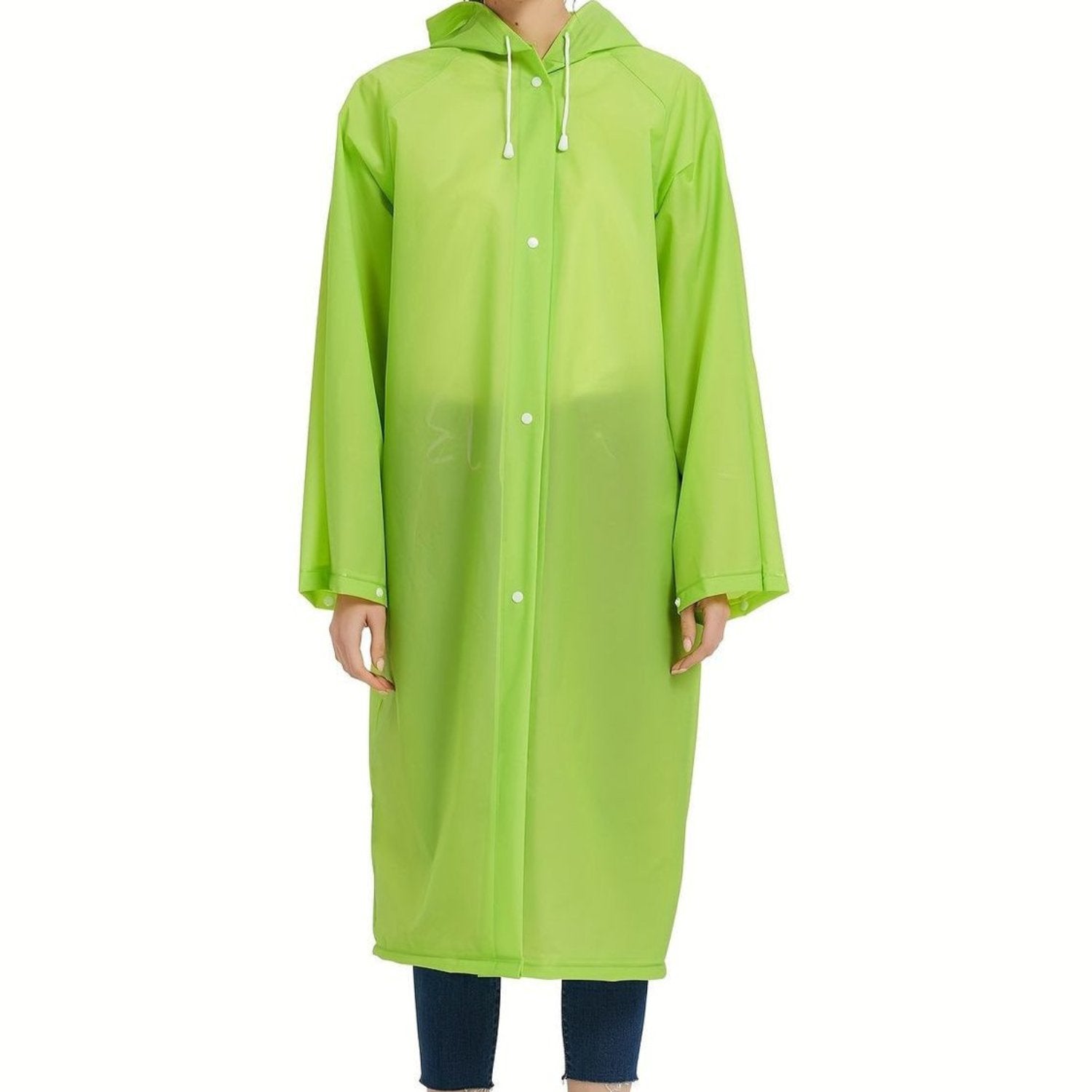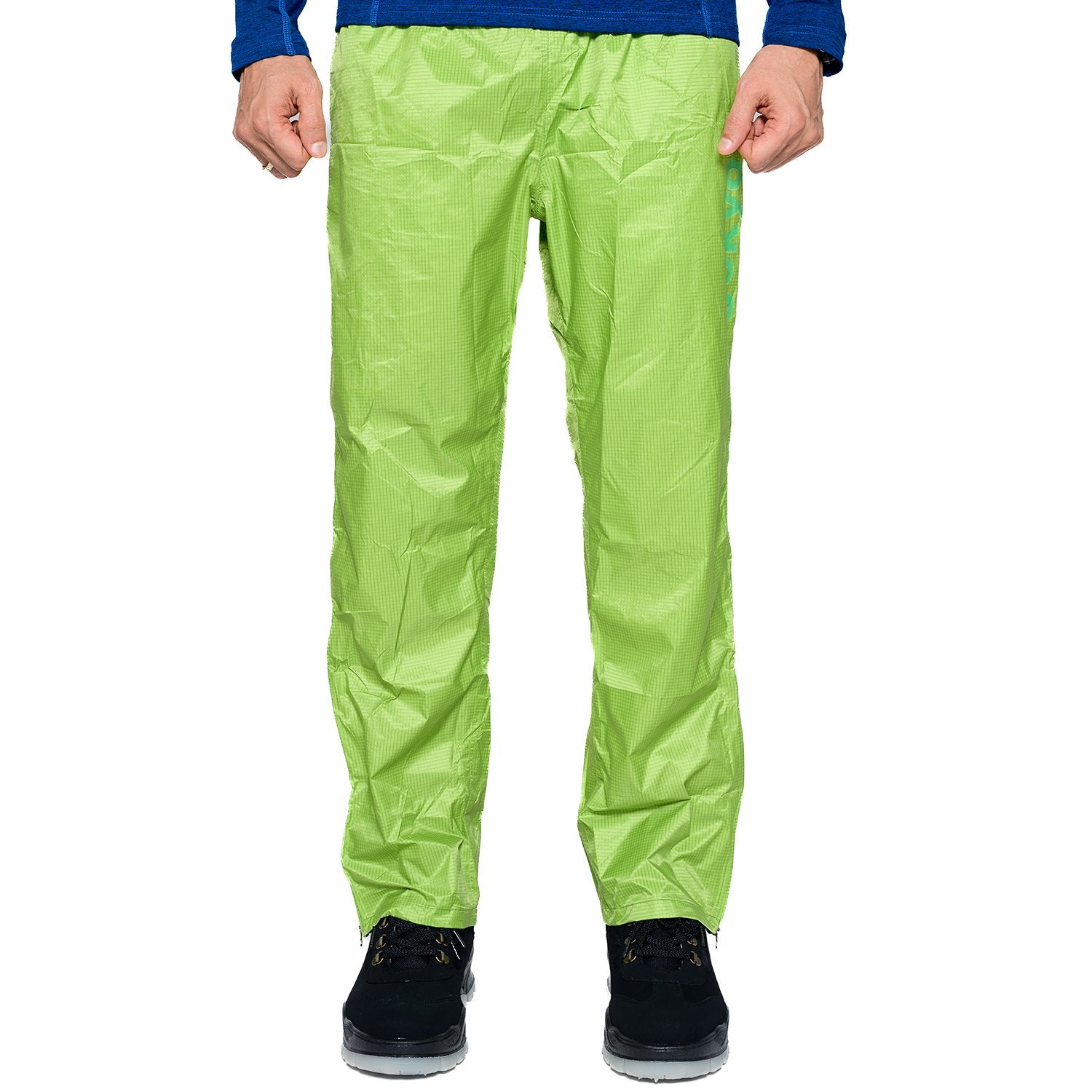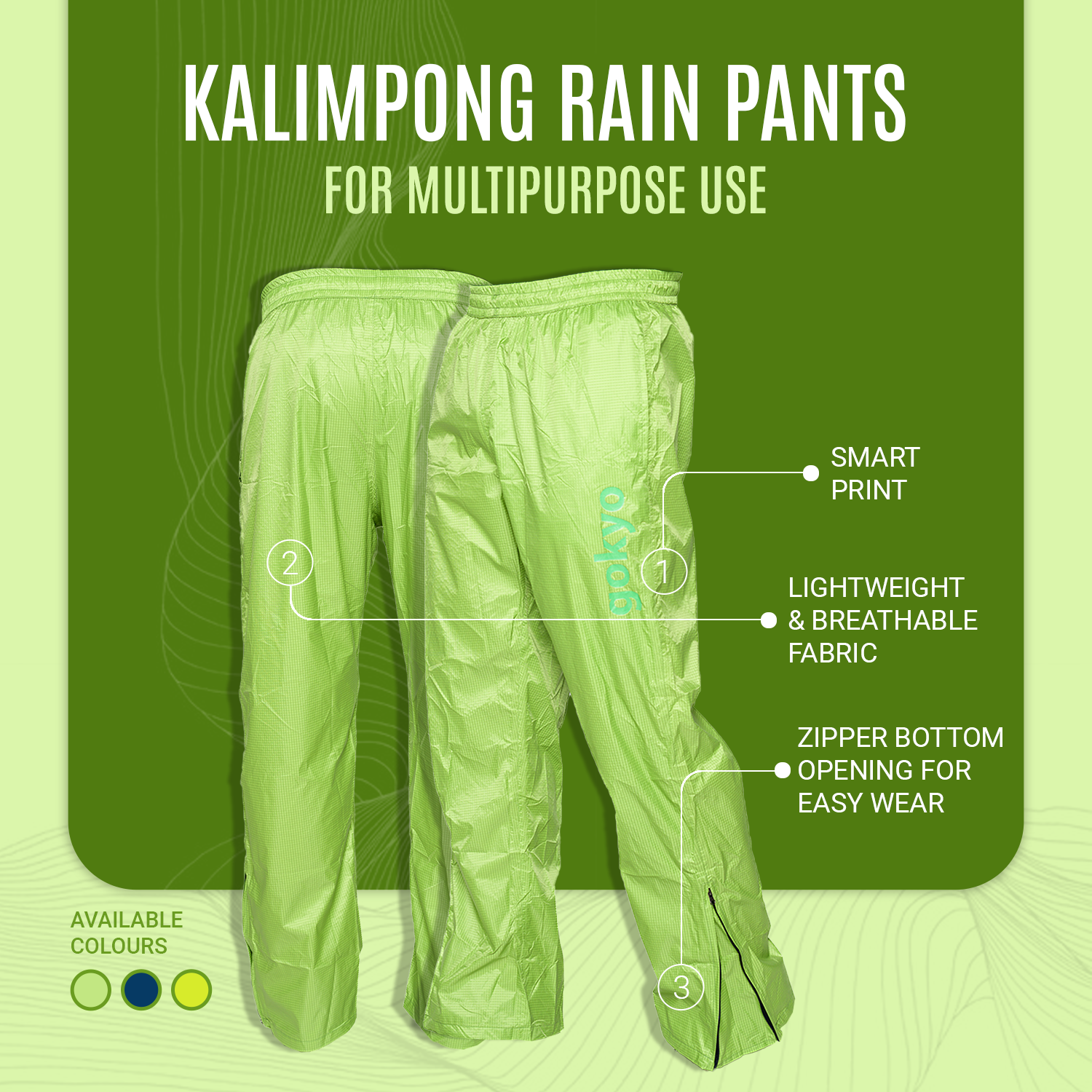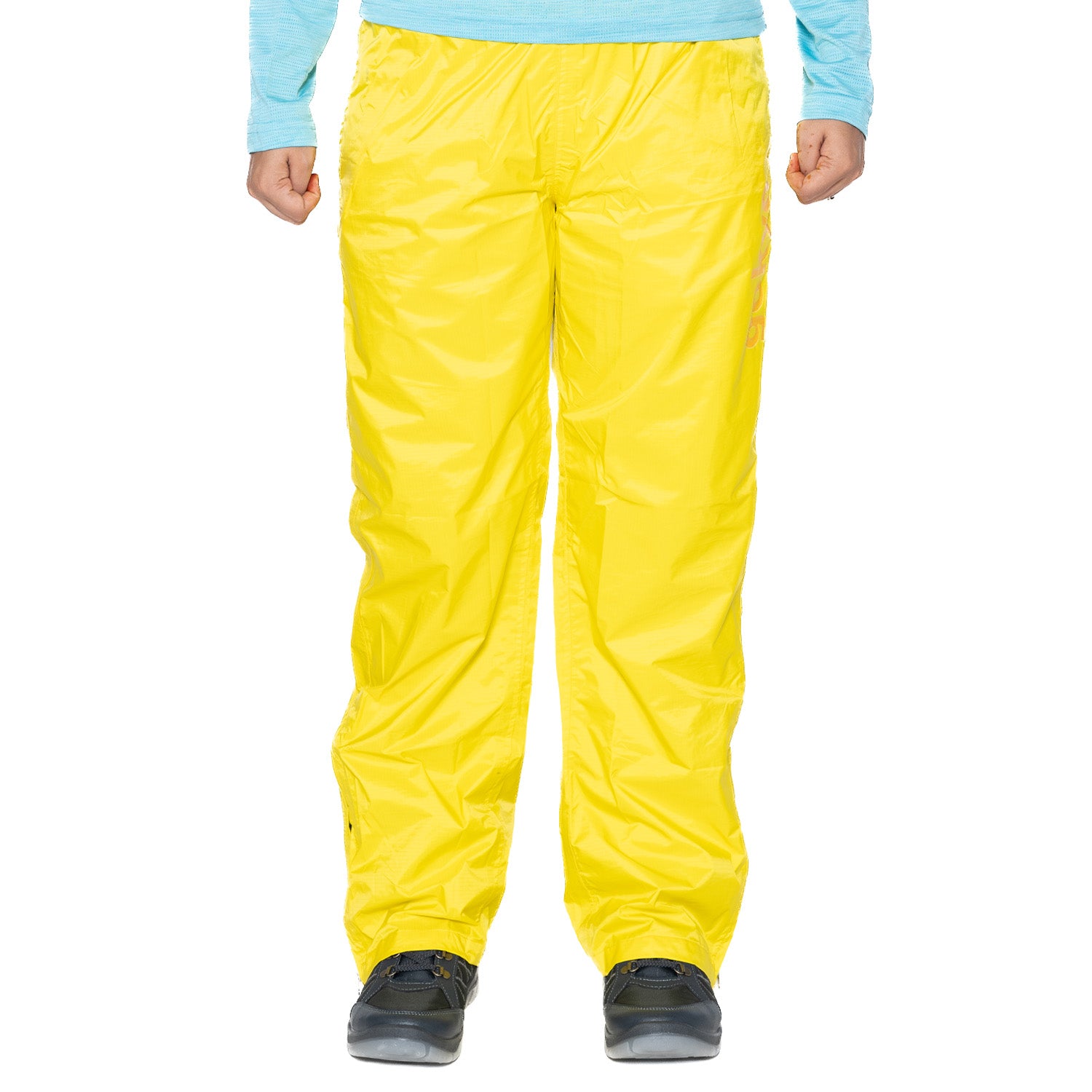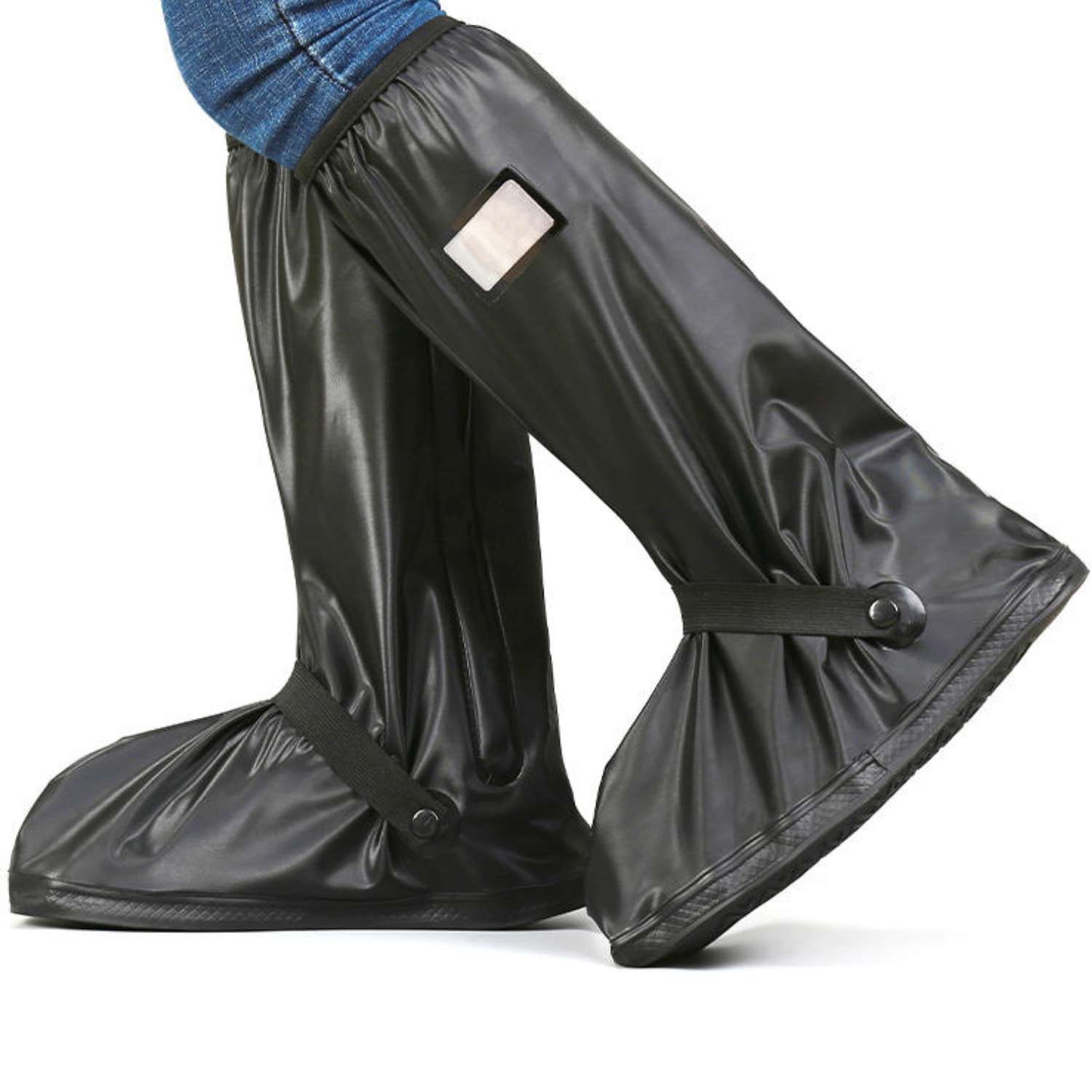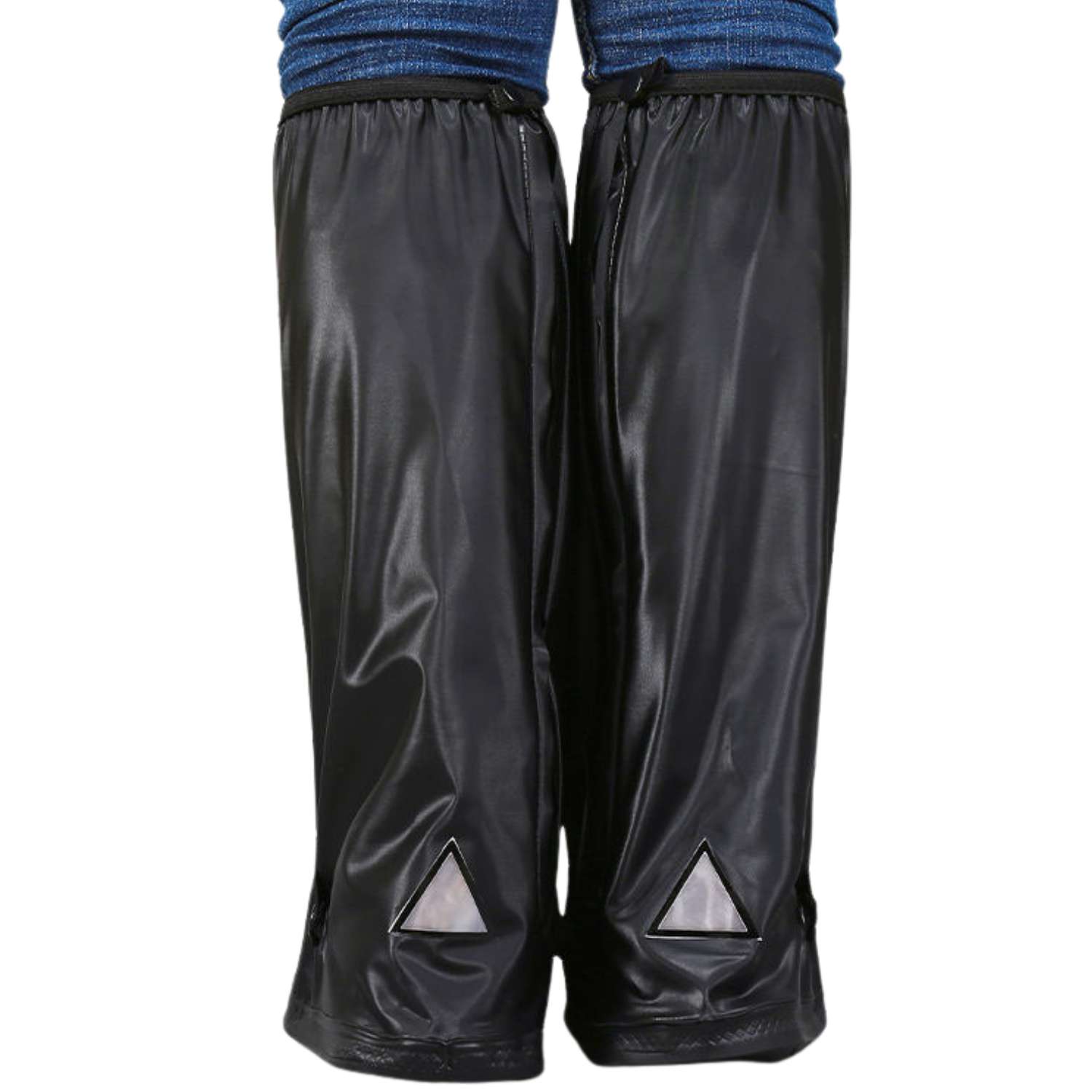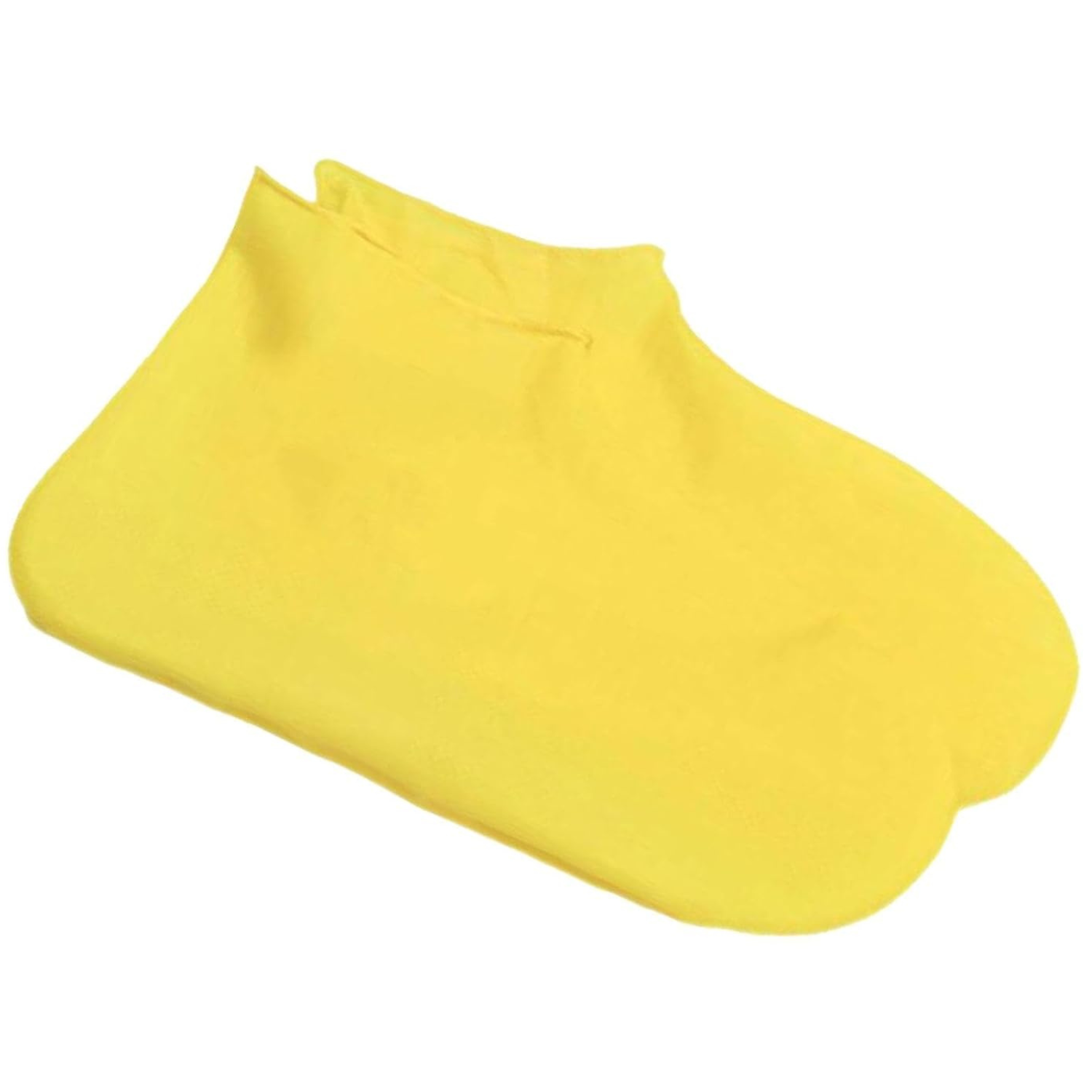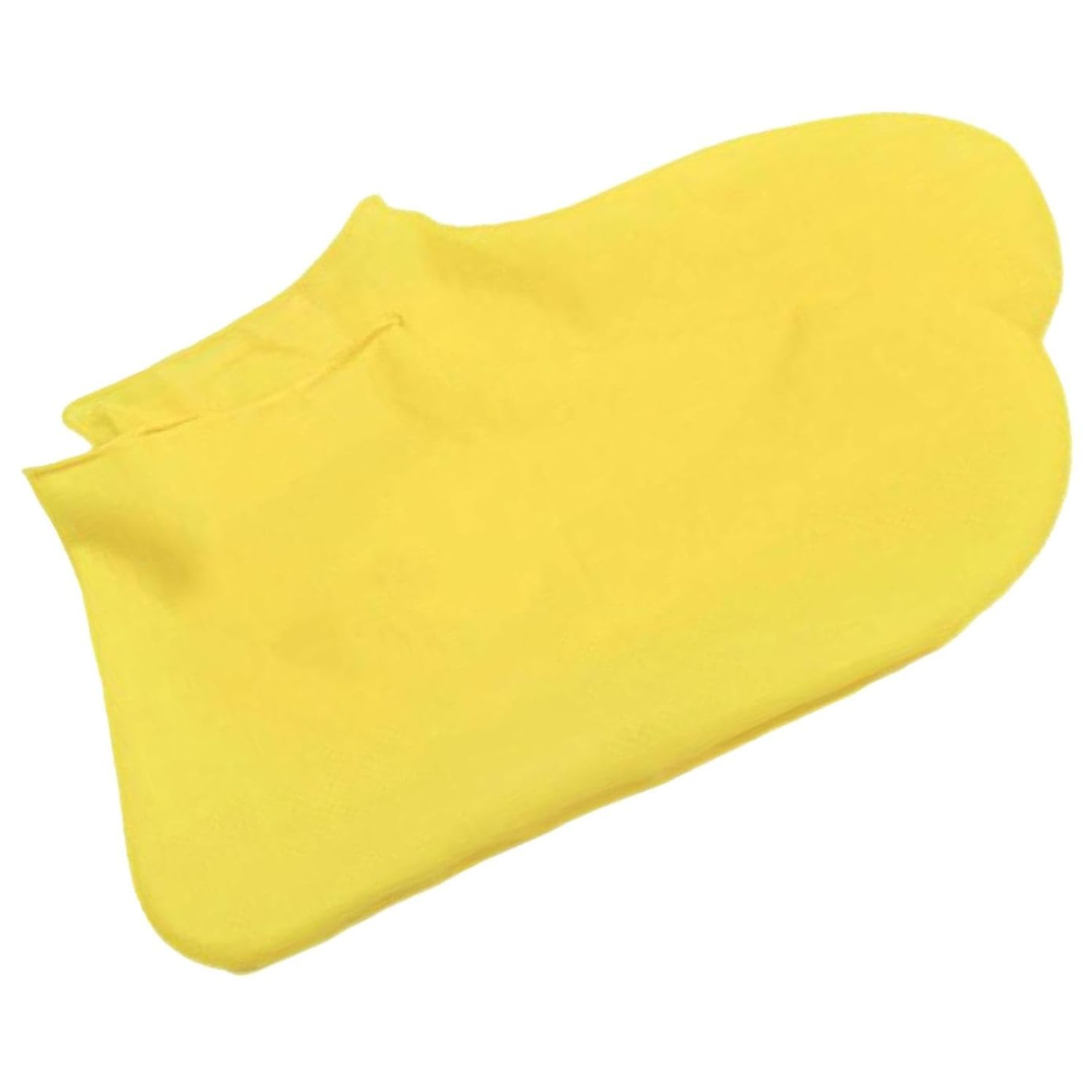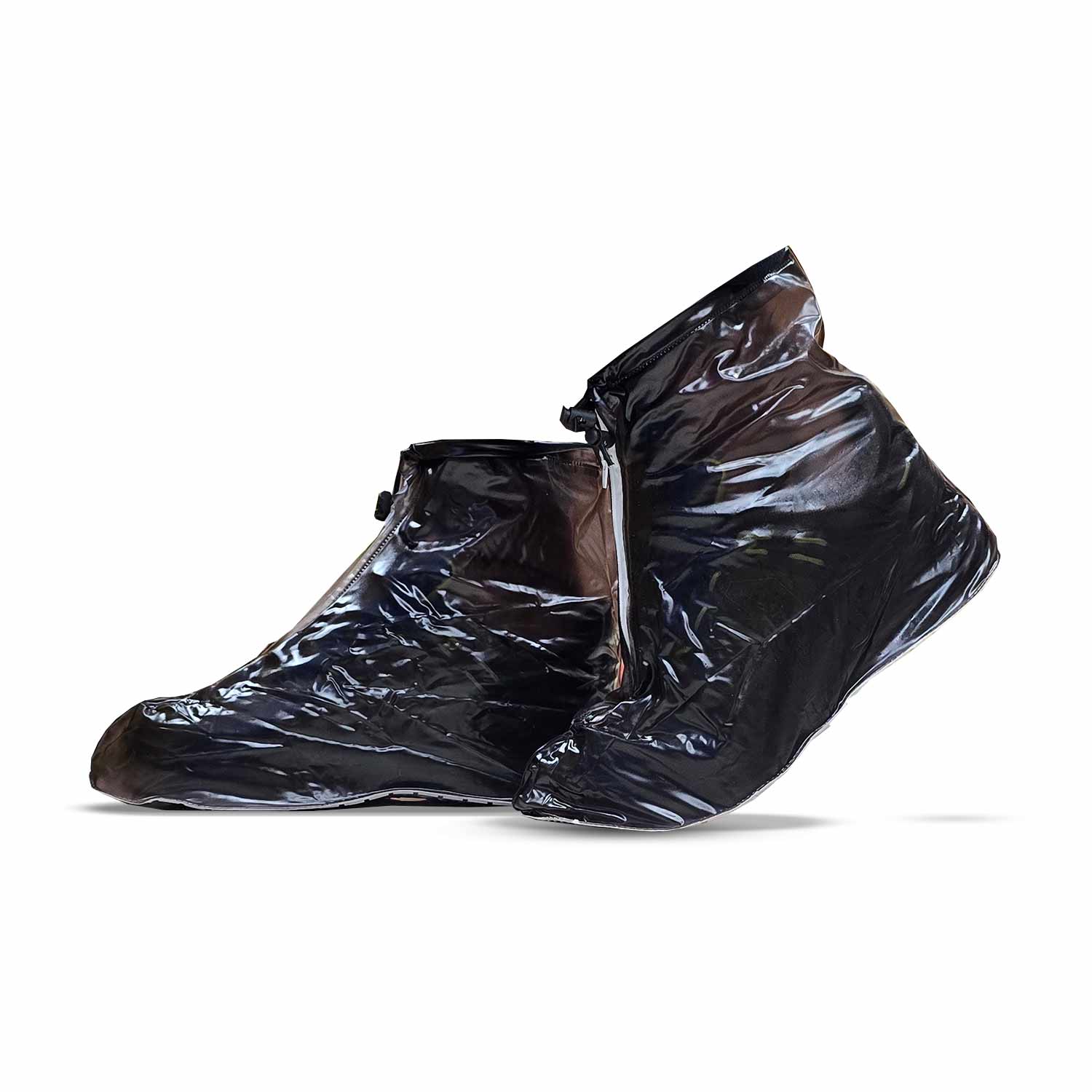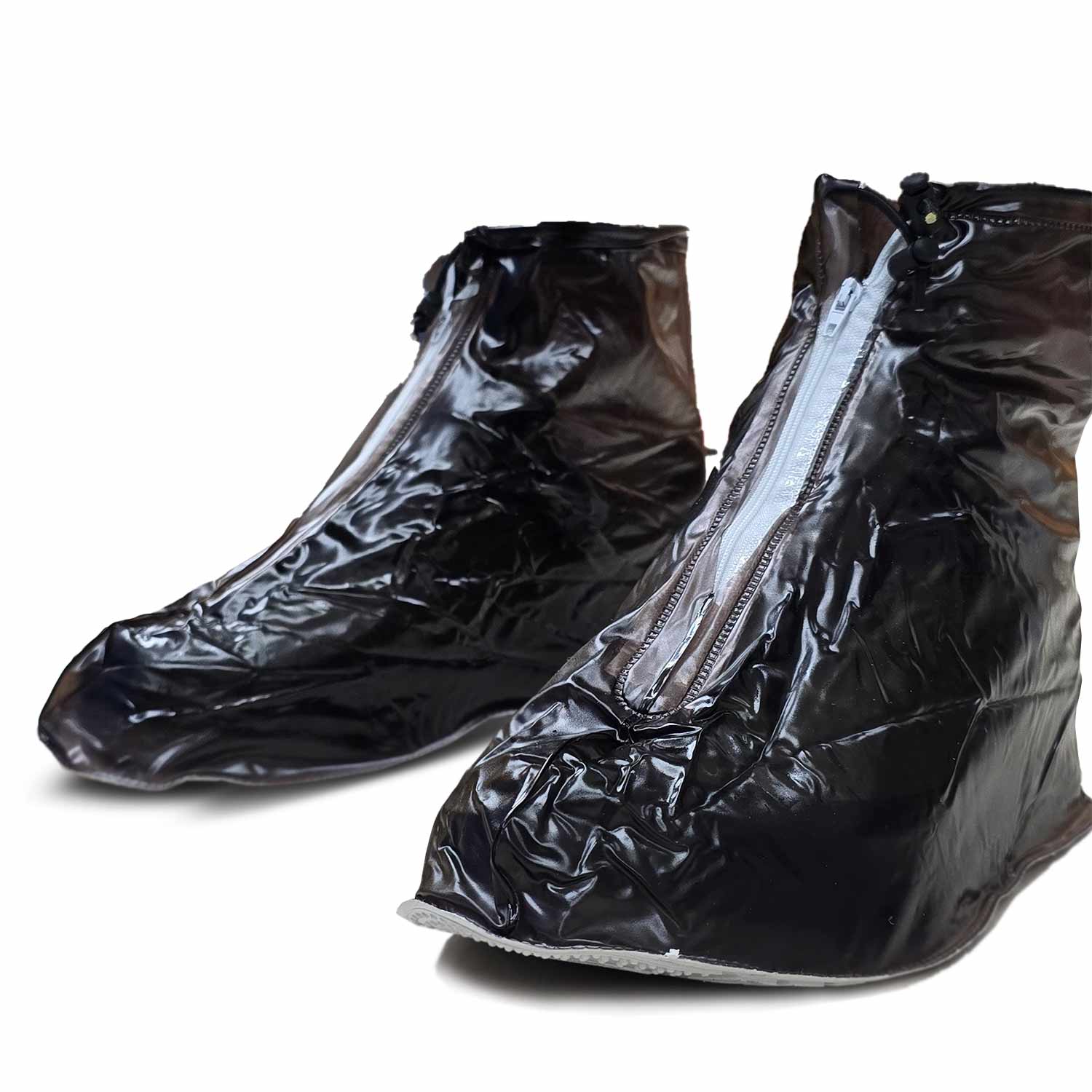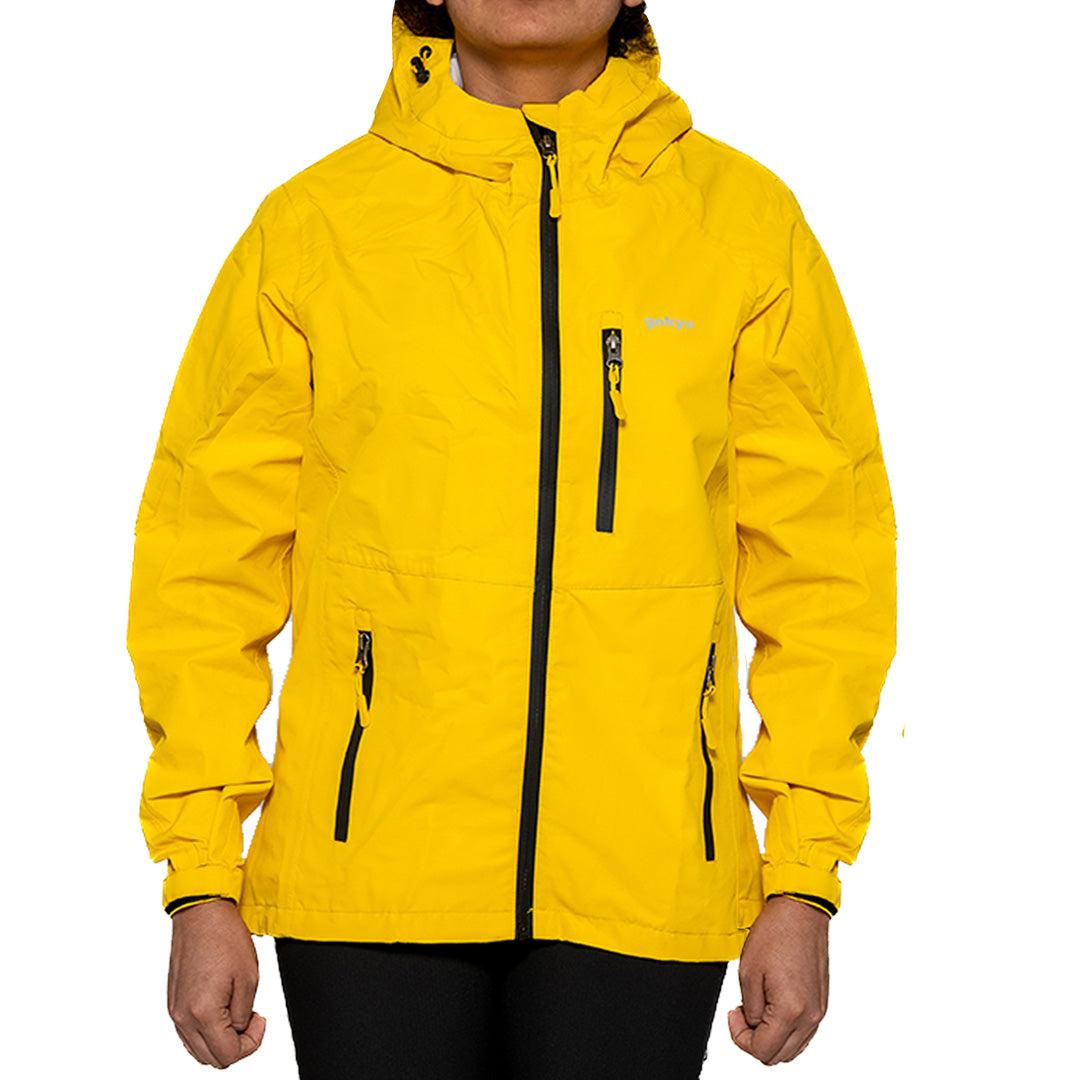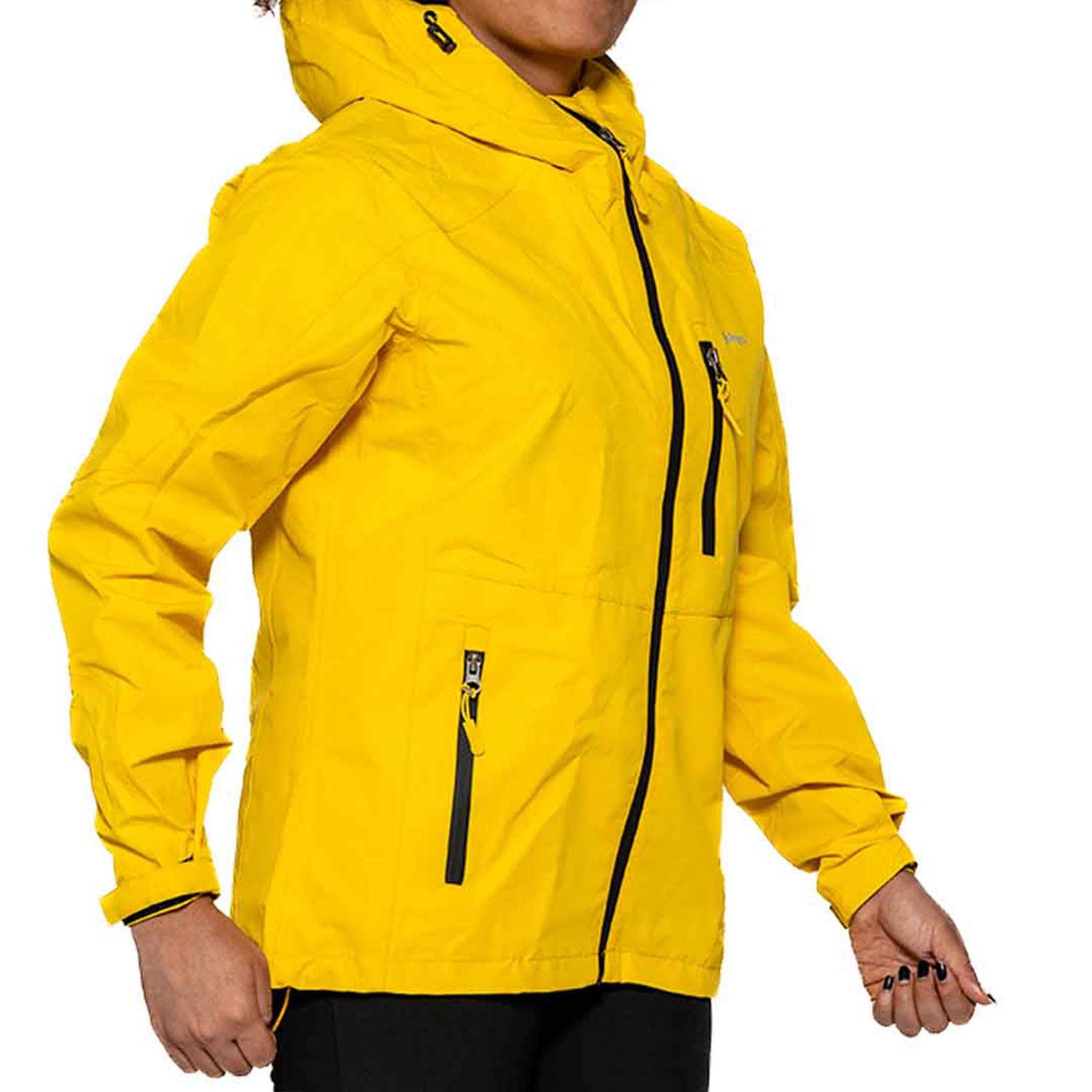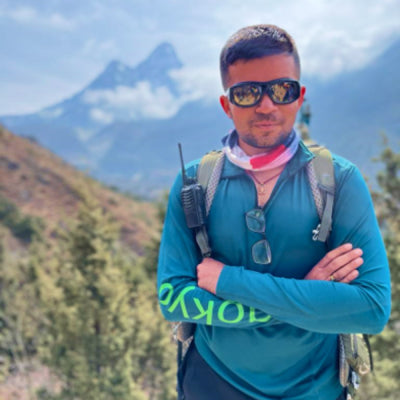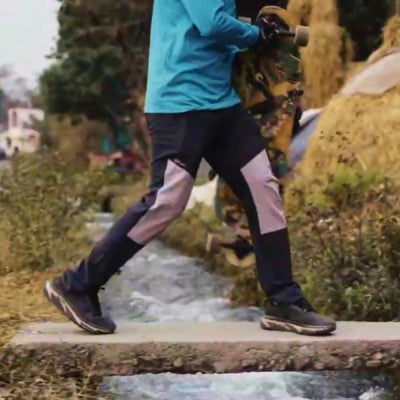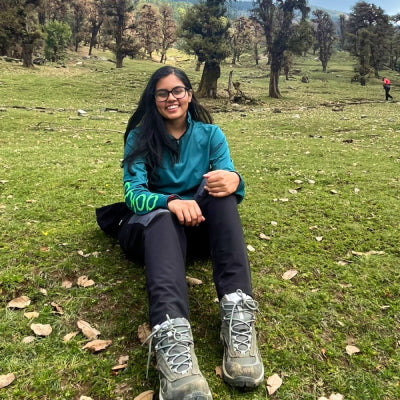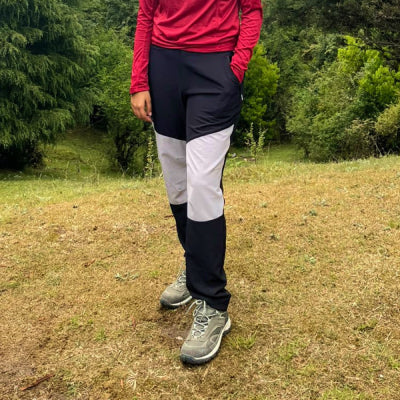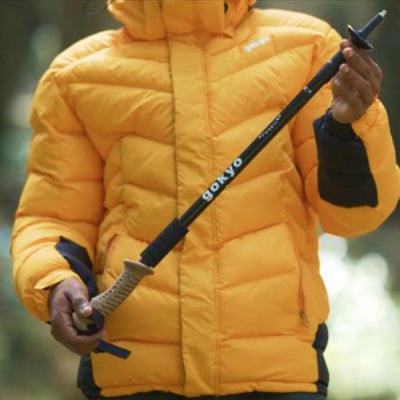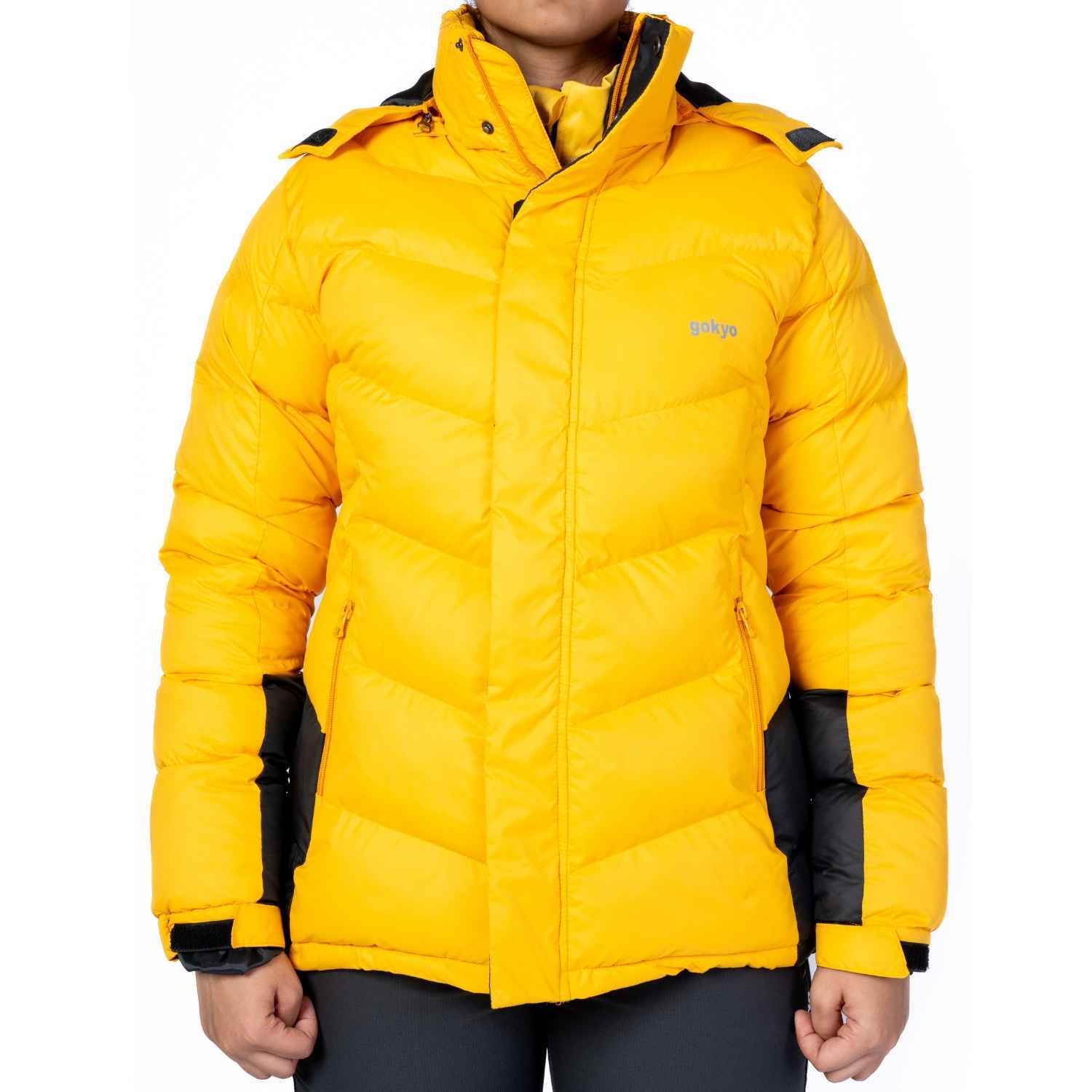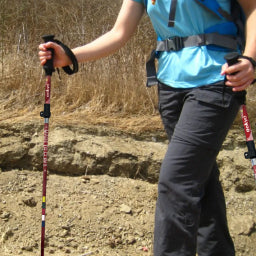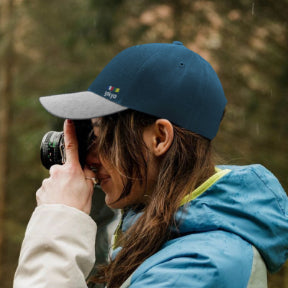The unpredictable nature of weather can be a major concern for trekkers. One minute you're basking in sunshine, and the next you're facing a sudden downpour. While a good quality rain jacket and pants offer the most comprehensive protection, a compact and versatile rain poncho can be a valuable addition to your trekking backpack.
The Advantages of a Rain Poncho:
-
Lightweight and Packable: Rain ponchos are typically made from thin, waterproof materials, making them lightweight and easy to compress. This allows for space-saving storage in your backpack, leaving room for other essential gear.
-
Quick and Easy to Deploy: Unlike rain jackets that require you to take off your backpack to put on, a rain poncho can be thrown over your head and backpack in seconds, offering instant protection from the rain.
-
Affordability: Rain ponchos are generally more affordable than rain jackets, making them a budget-friendly option for occasional rain protection.
-
Multi-purpose Use: In a pinch, a rain poncho can be used as a makeshift shelter or groundsheet, providing additional versatility on the trail.
Choosing the Right Rain Poncho:
Not all rain ponchos are created equal. Here are some factors to consider when choosing one for your next trek:
-
Material: Most rain ponchos are made from waterproof nylon or polyester with a polyurethane (PU) coating. The higher the PU rating (e.g., 3000PU), the more water-resistant the poncho will be. For light rain showers, a lower PU rating may suffice. For heavier downpours, opt for a higher PU rating.
-
Size and Fit: Rain ponchos typically come in a one-size-fits-most design. Look for ponchos with features like drawcords at the hem or hood for a more customized fit. An ideal poncho should comfortably cover you and your backpack without restricting movement.
-
Features: Some ponchos offer additional features like a hood, a brim for extra face protection, or reflective accents for improved visibility in low-light conditions. Consider your needs and choose a poncho with features that enhance its functionality.
Packing and Using Your Rain Poncho:
-
Store it Smartly: Rain ponchos fold up small, making them ideal for stashing in an easily accessible pocket of your backpack, such as a side pocket or the top compartment. This allows for quick retrieval when the skies open up.
-
Deployment Tips: When rain strikes, take off your backpack and lay it on the ground. Unfold the rain poncho and quickly slip it over your head and backpack. Adjust the hood for a secure fit, and tighten any drawcords at the hem or hood for better wind protection.
-
Managing the Elements: While rain ponchos offer protection from the rain, they can trap heat and moisture inside. If you find yourself getting too warm, loosen the drawcords slightly to allow for increased airflow. Be aware that rain ponchos can also flap in strong winds, potentially obstructing your vision or making noise.
Limitations of Rain Ponchos:
While rain ponchos offer convenient rain protection, they have limitations. For extended periods of heavy rain, a good quality rain jacket and pants provide superior waterproofness and breathability. Rain ponchos also offer less coverage for your legs compared to rain pants.
Gokyo Outdoor Clothing & Gear:
While we don't currently stock rain ponchos at Gokyo Outdoor Clothing & Gear, this guide provides valuable information to help you choose the perfect one for your next trek. We do, however, offer a wide variety of high-quality rain jackets and pants designed to keep you dry and comfortable throughout your adventures. Explore our selection and find the gear that best suits your needs.
Be Prepared, Trek Further:
By packing a rain poncho and understanding its proper use, you can be better prepared for unexpected downpours on the trail. Remember, the key to a successful trek is being prepared for changing weather conditions. So, pack wisely, choose the right gear, and embrace the adventure, rain or shine!
Frequently Asked Questions (FAQs) :
-
What are the benefits of using a rain poncho for trekking?
Rain ponchos are lightweight, packable, and quick to deploy. They offer affordability and versatility, such as using them as a makeshift shelter or groundsheet. They also cover both you and your backpack, providing immediate rain protection.
-
How do I choose the right rain poncho for my trek?
Consider the material (e.g., waterproof nylon or polyester with a high PU rating for heavier rain), size and fit (look for adjustable features), and additional features like a hood, brim, or reflective accents for visibility.
-
How should I store and deploy my rain poncho?
Store the poncho in an easily accessible pocket of your backpack. To deploy, remove your backpack, lay it on the ground, unfold the poncho, and slip it over your head and backpack. Adjust the hood and drawcords for a secure fit.
-
What are the limitations of rain ponchos compared to rain jackets?
Rain ponchos provide less coverage for your legs and may trap heat and moisture inside. They also flap in strong winds, potentially obstructing your vision. For extended heavy rain, a rain jacket and pants offer better waterproofness and breathability.
-
Can I use a rain poncho for purposes other than rain protection?
Yes, a rain poncho can be used as a makeshift shelter or groundsheet in emergencies, adding to its versatility on the trail.
-
How do I care for and maintain my rain poncho?
Wash it gently according to the manufacturer’s instructions. Air dry completely and store in a cool, dry place. Avoid direct sunlight and repeated folding in the same spot.
